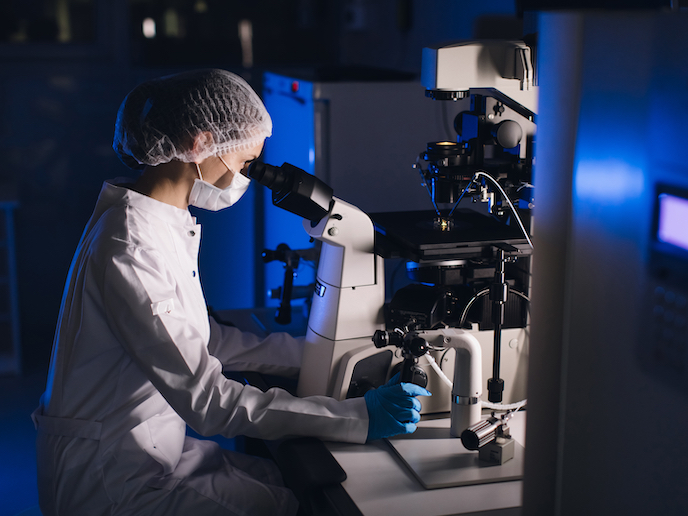Evolutionary findings help explain origin of organs
The mesoderm(opens in new window) is the name given to a specific group of cells found in animal embryos. These are the cells that go on to form the internal tissue of organisms, including musculature, hearts, kidneys and blood. “The tissues and organs formed from the mesoderm vary hugely between animals,” says EVOMESODERM project coordinator Andreas Hejnol from the University of Bergen(opens in new window) in Norway. “The evolutionary history of these mesodermal cells remains unclear.” Evolutionary biologists have long wrestled with mesoderm-related questions. When and where did the mesoderm originate, for example? “Nothing comes from nothing, so which cells did the mesoderm come from?” asks Hejnol. “Connected to this is the question of which tissues formed by the mesoderm came first. There are many open questions which are important to our understanding of how the human organ system emerged.”
Evolution of the mesoderm
Through the EVOMESODERM project, supported by the European Research Council(opens in new window), Hejnol sought to build on his previous groundbreaking work on digestive system cells, to focus on the mesoderm. He wanted to address some of the fundamental questions surrounding the evolution of these cells, and provide data to inspire further research. “Since this was an evolutionary project, studying different species regarding their development was crucial,” he says. “One cannot do evolutionary biology without comparison. The more data points one has, the clearer the picture gets.” Hejnol combined advanced bioinformatics, live imaging and molecular methods to analyse a number of different animal embryos. This enabled him to describe in detail the development of the mesoderm in different species.
Development across species
Hejnol was able to show that the mesoderm has evolved along very similar lines across different species. He was also able to confirm that the first tissues derived from the mesoderm were musculature and gonadal(opens in new window) tissue. “This raises the interesting question of the homology(opens in new window) of all mesodermal tissues,” he adds. The project also showed that for a particular mesodermal cell type called nephridia(opens in new window), the molecular underpinnings are the same across species. During the evolution of more complex organs however, the size, shape and structure have changed extensively. “This process is different for both haemocyte(opens in new window) formation in invertebrates and blood cell formation,” says Hejnol. “Here, cells emerge after the mesoderm is formed.” Finally, the question of how new cell types evolve remains unresolved. “Evolutionary history is much more variable than we perhaps expected at the beginning of the project,” explains Hejnol.
Interest in evolution
The successes achieved during the EVOMESODERM project have helped to bring the mesoderm to the attention of the scientific community, and opened up interest across a number of fields. “Immunologists for example usually do not pay much attention to the evolutionary history of the immune system,” adds Hejnol. “But based on feedback we received on our published paper, attention is clearly growing. I expect the same will be true when we publish our study about the evolution of blood.” The project has also provided the foundation for more research initiatives in the future. “Our focus now will be on some of the additional evolutionary findings that were spin-offs from the large endeavour,” notes Hejnol. “This is still basic research, but will contribute to our knowledge about our origins, from the time when our ancestors still lived in the ocean.”







